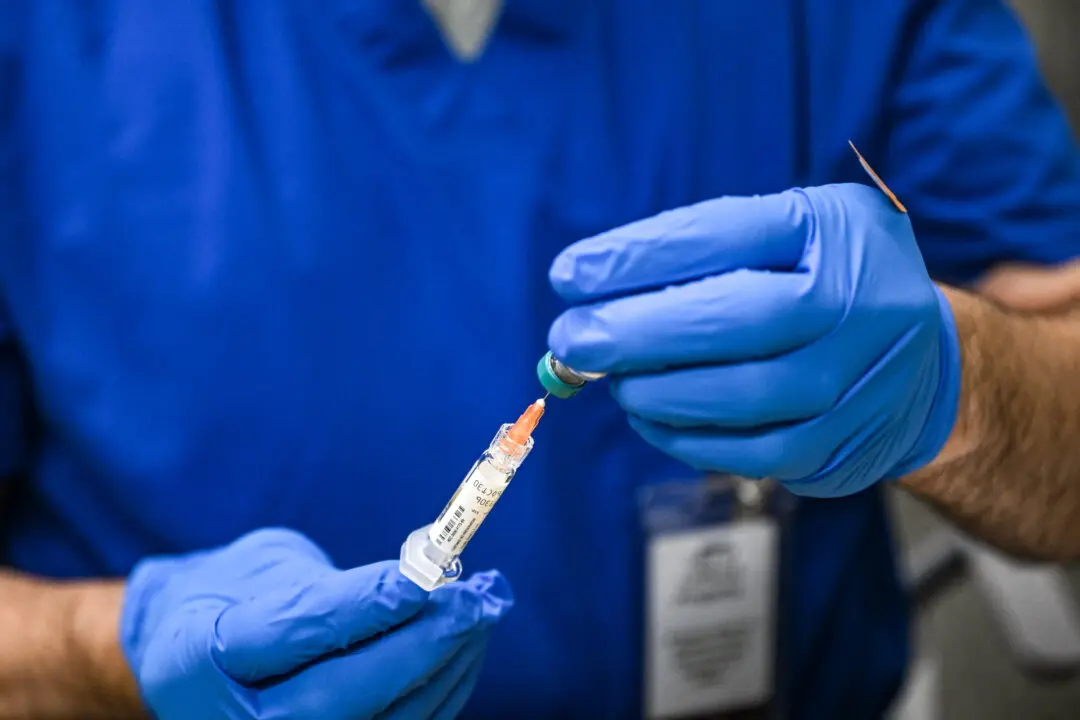NEW YORK—The 12th Annual Aquaphor New York City Triathlon was, besides a race testing endurance and willpower, a family affair.
Friends and multiple generations of relatives accompanied Molly Allanoff, a student at New York University, on her way out of Central Park Sunday, after finishing the triathlon. Her grandfather explained the whole family wore blue shirts in support of her that read “Team Molly NYC Tri 2012.”
Highlighting another common theme, Allanoff’s race enabled her to raise more than $8,000 for Leukemia & Lymphoma Society, along with 399 other runners. Molly’s father Dan Anoff has leukemia.
“I’m still here, and I got to see her [compete],” Mr. Allanoff said. “It’s great.”
Molly said that although there had been challenges during training, it felt good to finish. “I’m happy I’m done,” she said.
A stone’s throw away from several dad’s traversing the finish line with children in their arms (or running beside them), Elli Orlinsky talked with his wife—while his three kids, aged six, five, and three enjoyed snow cones and frolicked.
Alternating between swimming, biking, and running, Orlinsky trained for his first race for three-and-a-half months, six days a week.
The people of New York City, “even people with no family in the race,” cheered along the entire course—and especially “up by the Henry Hudson,” said a buoyed Orlinsky, expressing his appreciation. “Whoever puts this race on does an incredible job.”
The Race







